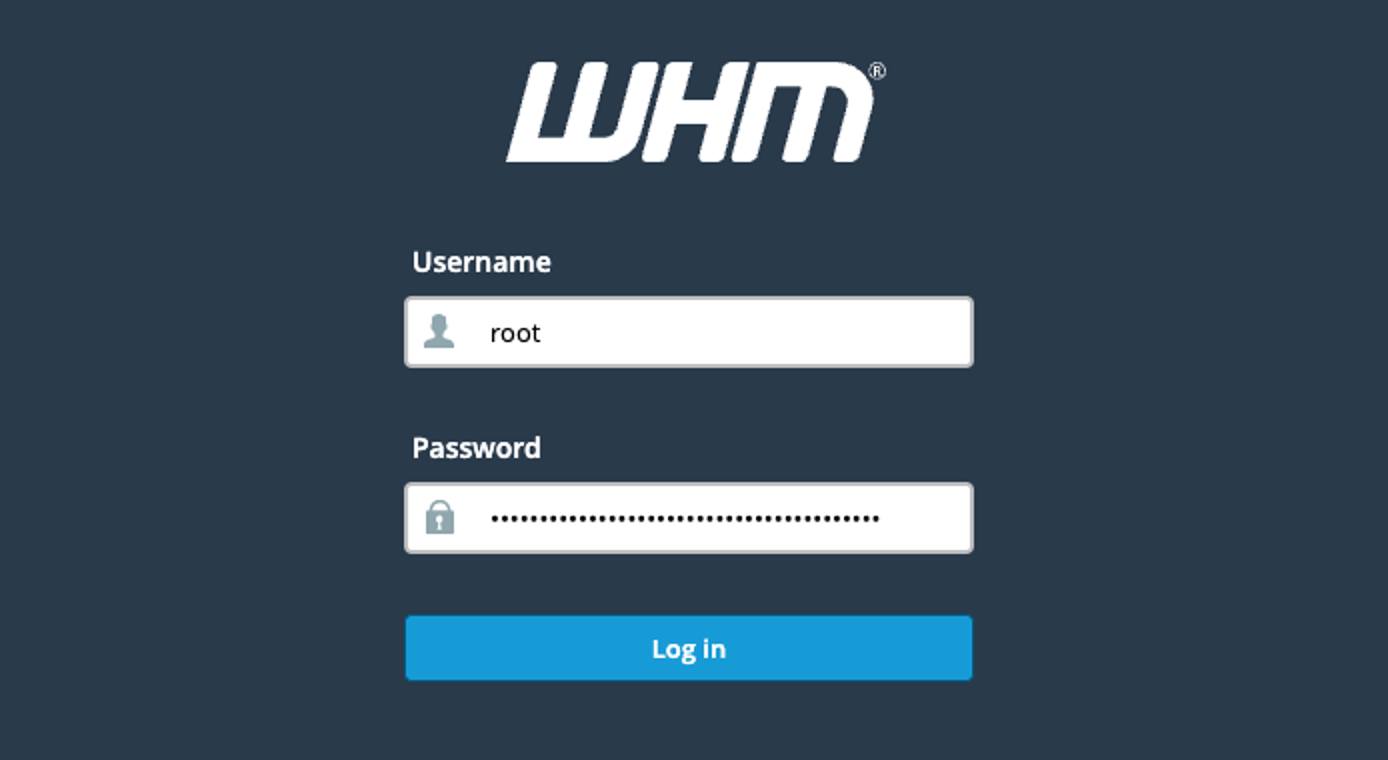Leading hosting automation platform that has simplified site and server management for 20 years.
Simplify server administration by funneling a variety of standard management tools and tasks through cPanel. A web application that gives developers and SysAdmins the ability to manage server environments with one tool. This includes backups, logging, and integrating third-party extensions.. cPanel provides options to use the native interface or use the cPanel API to streamline your management.
Use cPanel’s extensive documentation library to streamline your host management in addition to Linode’s guide to getting started with the cPanel Marketplace App.
Note: cPanel requires a valid license to use the software beyond the initial 15 day free trial period. To purchase a license, visit cPanel’s website and select a plan that fits your needs. Licenses are not available directly through Linode.
Deploying a Marketplace App
The Linode Marketplace allows you to easily deploy software on a Compute Instance using the Cloud Manager. See Get Started with Marketplace Apps for complete steps.
- Log in to the Cloud Manager and select the Marketplace link from the left navigation menu. This displays the Linode Create page with the Marketplace tab pre-selected.
- Under the Select App section, select the app you would like to deploy.
- Complete the form by following the steps and advice within the Creating a Compute Instance guide. Depending on the Marketplace App you selected, there may be additional configuration options available. See the Configuration Options section below for compatible distributions, recommended plans, and any additional configuration options available for this Marketplace App.
- Click the Create Linode button. Once the Compute Instance has been provisioned and has fully powered on, wait for the software installation to complete. If the instance is powered off or restarted before this time, the software installation will likely fail.
To verify that the app has been fully installed, see Get Started with Marketplace Apps > Verify Installation. Once installed, follow the instructions within the Getting Started After Deployment section to access the application and start using it.
Note: cPanel/WHM should be fully installed within 15 minutes after the Compute Instance has finished provisioning.
Configuration Options
- Supported distributions: Ubuntu 20.04 LTS, AlmaLinux 8, Rocky Linux 8
- Recommended minimum plan: 2GB Dedicated Compute Instance or higher, depending on the number of sites and size of the sites you plan on hosting.
Getting Started After Deployment
Accessing WHM (Web Host Manager)
WHM is the core interface for managing your server and all websites (also called “accounts”).
- 500Open your web browser and navigate to
http://[ip-address]:2087/, where [ip-address] can be replaced with your Compute Instance’s IPv4 address or rDNS domain (such as192-0-2-1.ip.linodeusercontent.com). See the Managing IP Addresses guide for information on viewing IP addresses and rDNS. - The WHM login page should appear. Enter
rootas the username and use the root password you created when deploying this instance. Then click the Log In button.
- You are then presented with cPanel and WHM’s terms. Read through the terms and click on Agree to All if you agree and would like to continue.
- Next, enter in the email address where you would prefer to receive notifications and alerts.
- On the same page, you must also enter in the nameservers for this server. Nameservers are the underlying servers of the DNS system that map domain names to IP addresses. Managing DNS through cPanel allows you to quickly add sites, configure subdomains, set up email, and more without needing to manually update DNS records. For this step, make sure you have a registered domain name.
- Within the nameservers for your domain name, create two A records. The hostname / name field should be ns1 (for the first record) and ns2 (for the second). The IP address should be the IPv4 address of your new Compute Instance. If you do not have a nameserver for your registered domain, consider using Linode’s DNS Manager.
- Within the cPanel form, enter the following values into the nameserver fields. Replace example.com with the domain name you are using.
-ns1.example.com
-ns2.example.com
If you prefer to manually manage your DNS records, you can use Linode’s DNS Manager or any other 3rd party service. When doing so, enter the primary two nameservers for your DNS provider. Linode’s nameservers arens1.linode.comandns2.linode.com.
- Click Next to continue.
- The cPanel license screen appears. Click on the Purchase button to be taken to cPanel’s license management system. From here, you can obtain a trial license (if eligible) or purchase a license.
Note: Provided the IP address hasn’t already been registered in cPanel, your cPanel Marketplace App installation automatically receives a free 15-day trial license. You must purchase a new cPanel & WHM license before the end of this trial period. At the end of your trial period your license will expire. - After obtaining a license, you are automatically logged in and taken to WHM.
Going Further
Now that you’re able to access WHM, you can manage your server, install software, and create new cPanel accounts. Here are some guides to help you start using your new cPanel/WHM instance.
- The WHM Interface: Learn how to navigate the WHM interface.
- Create a New Account: A cPanel account can be created for each website or each client. Once created, you can log in to cPanel directly, which is a streamlined interface for managing each web application, databases, and email accounts for a domain.
- The cPanel Interface (Jupiter theme): Learn the main functions of the cPanel interface, shown with the default Jupiter theme enabled.
The cPanel Marketplace app was built for Linode by cPanel. For support regarding cPanel app deployment, contact Linode Support via the information listed in the sidebar. For support regarding the tool or software itself, visit cPanel Support.
